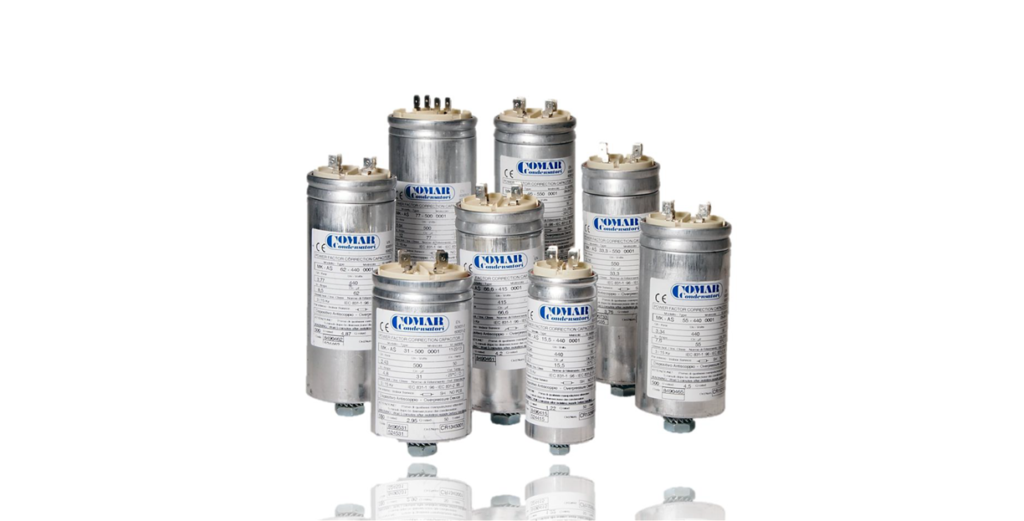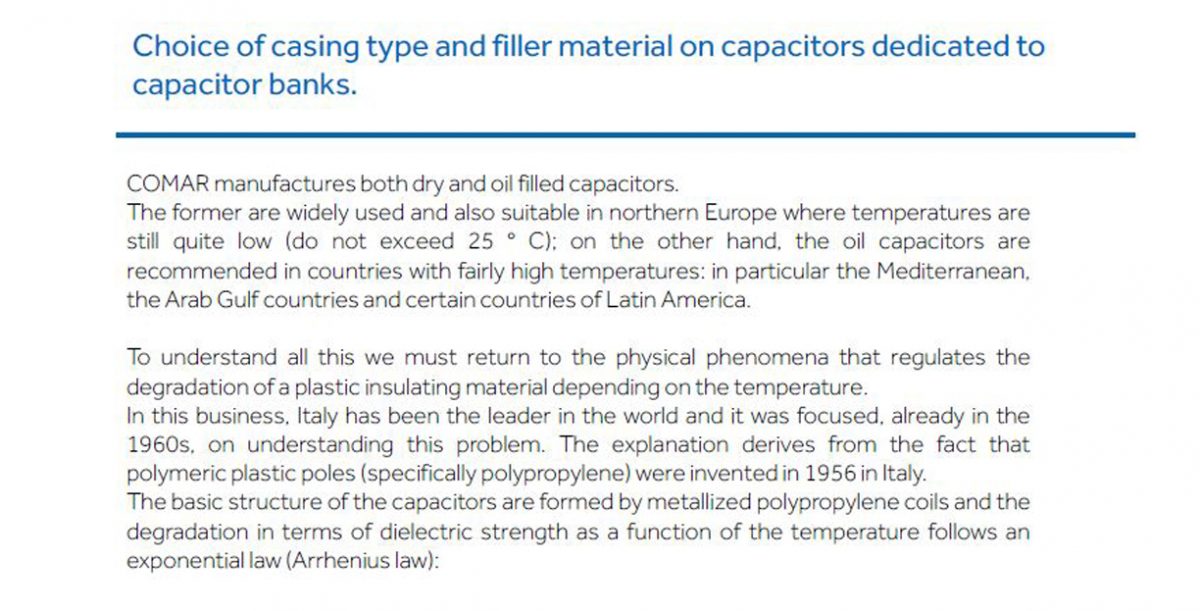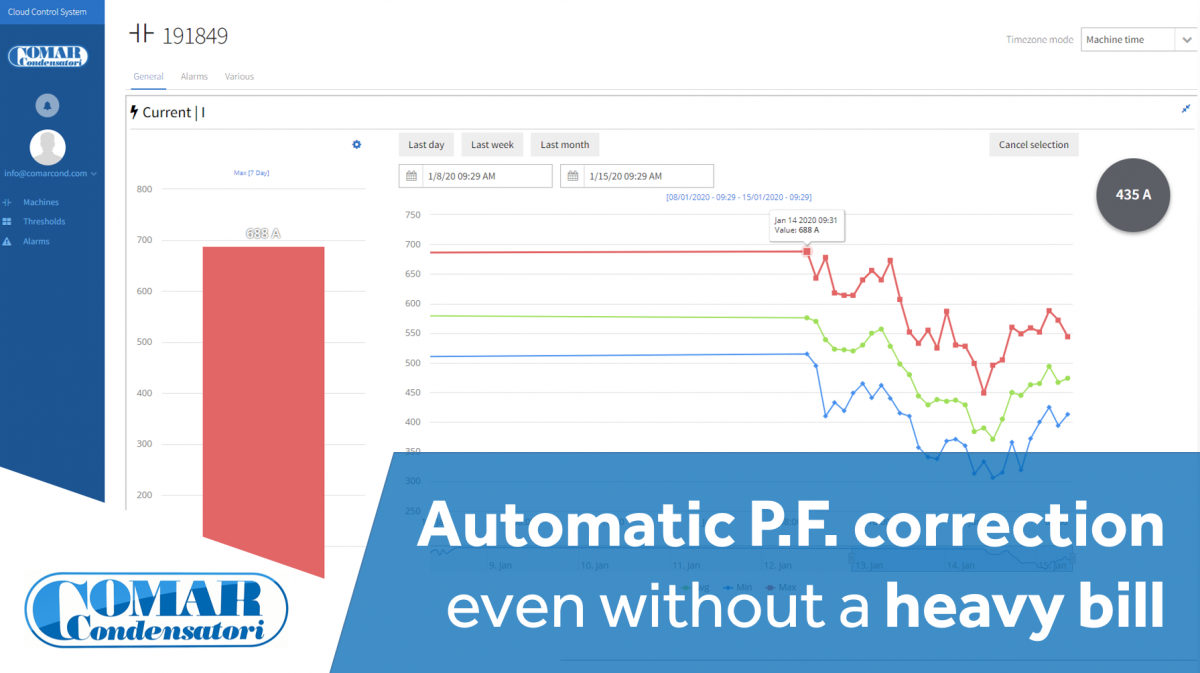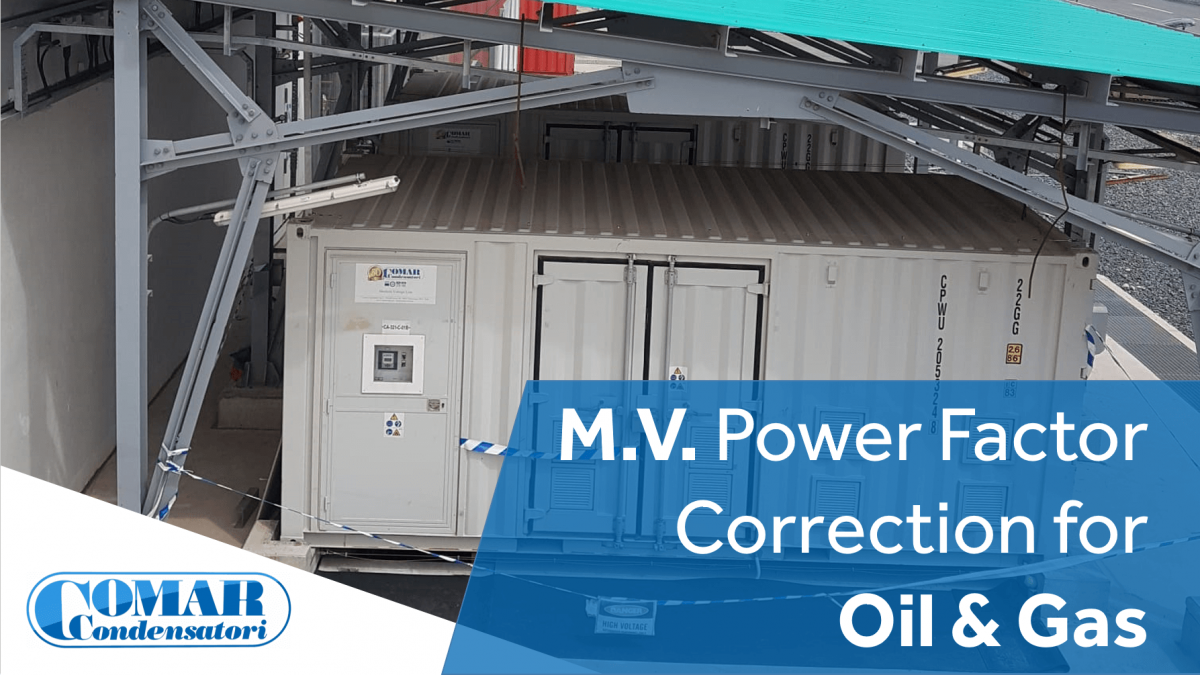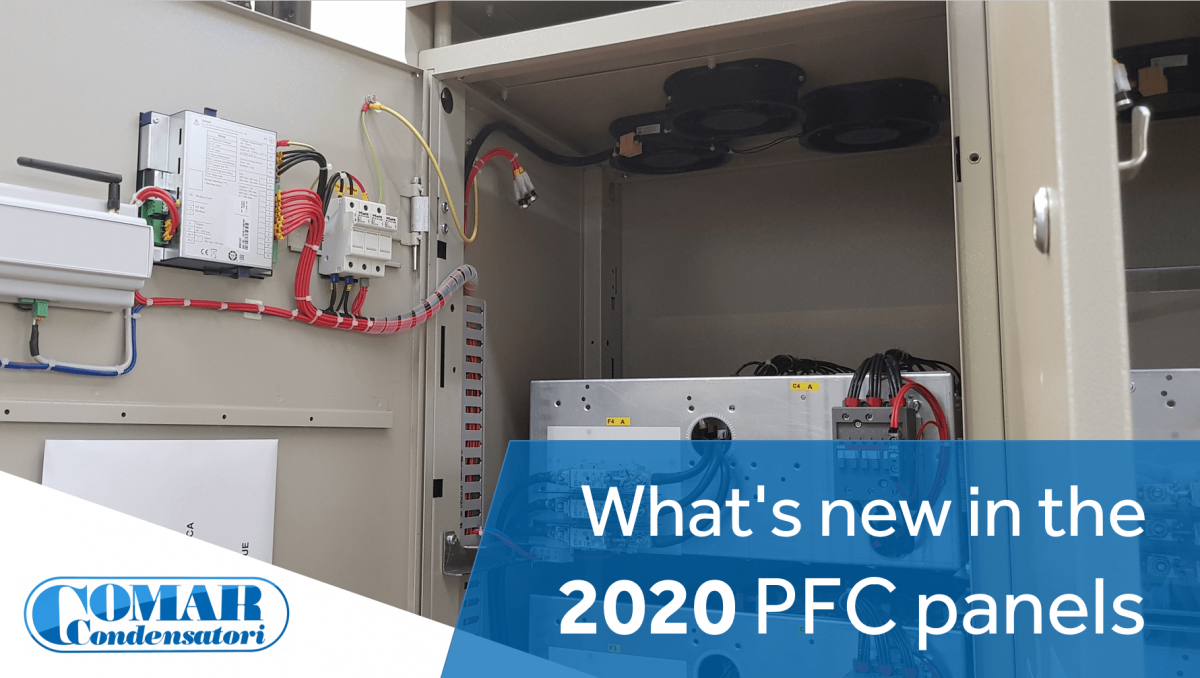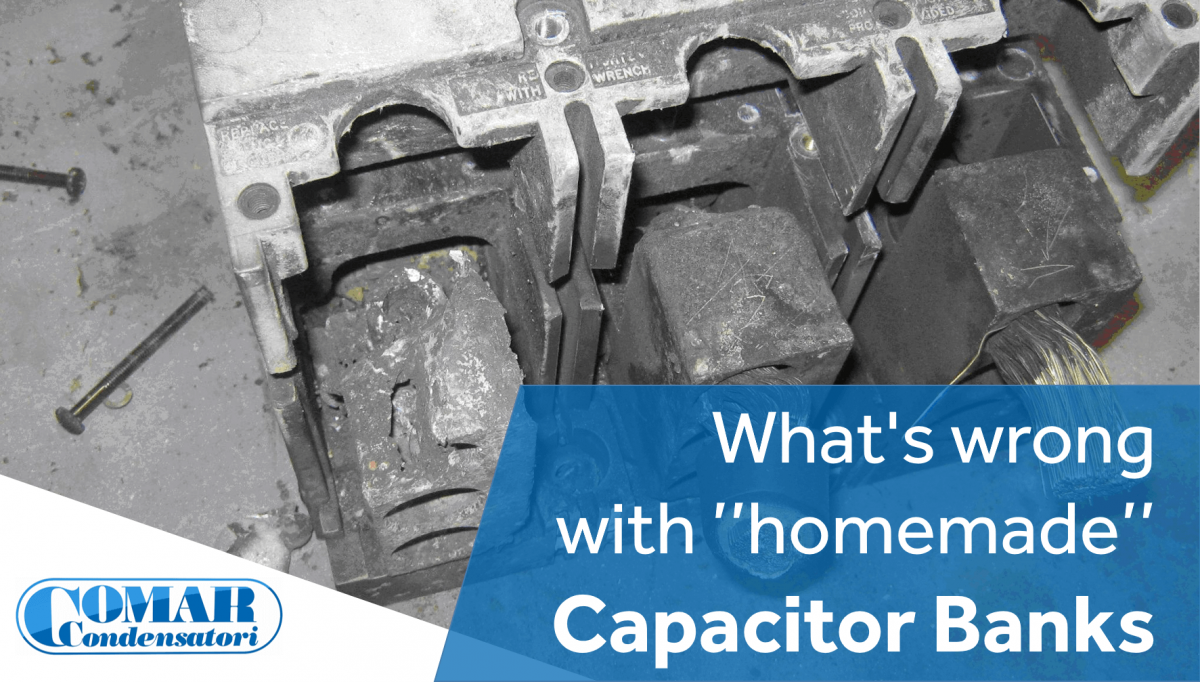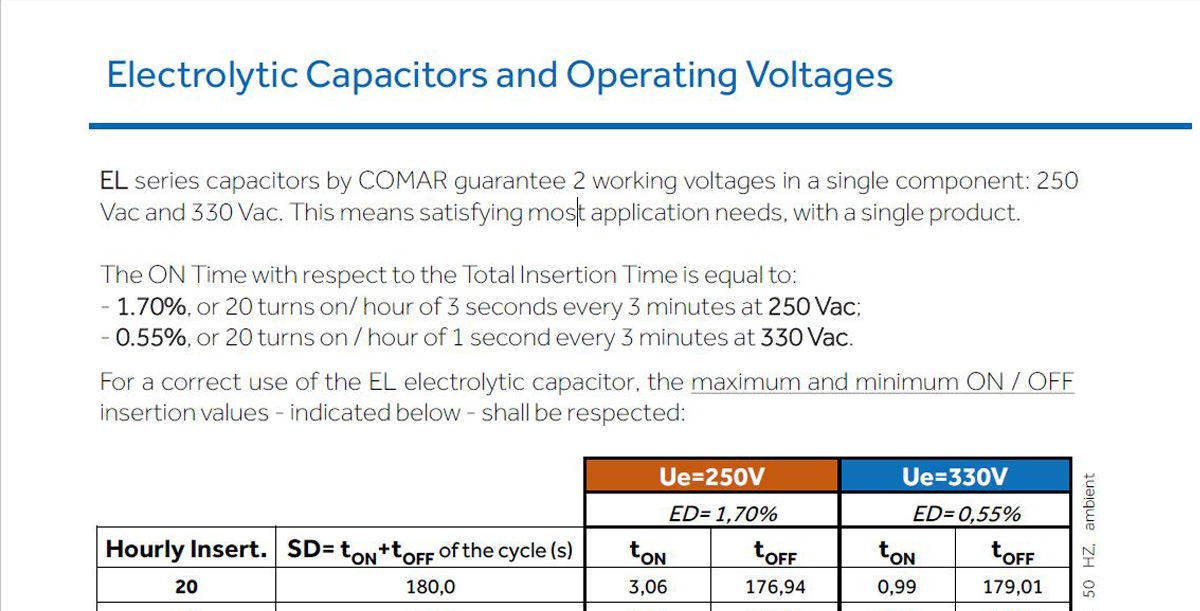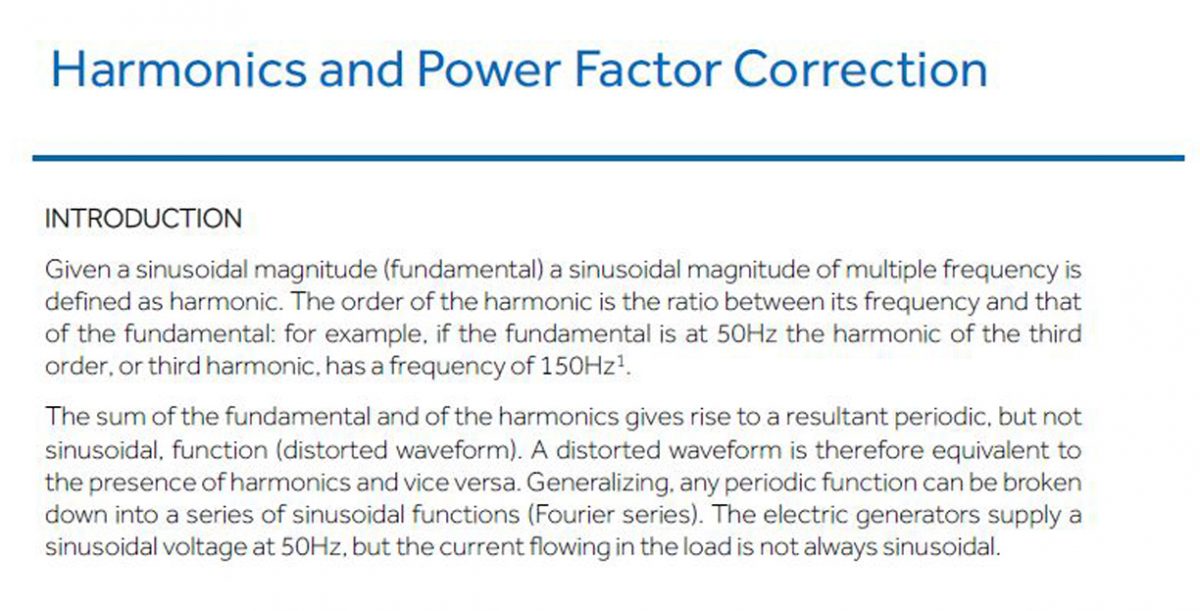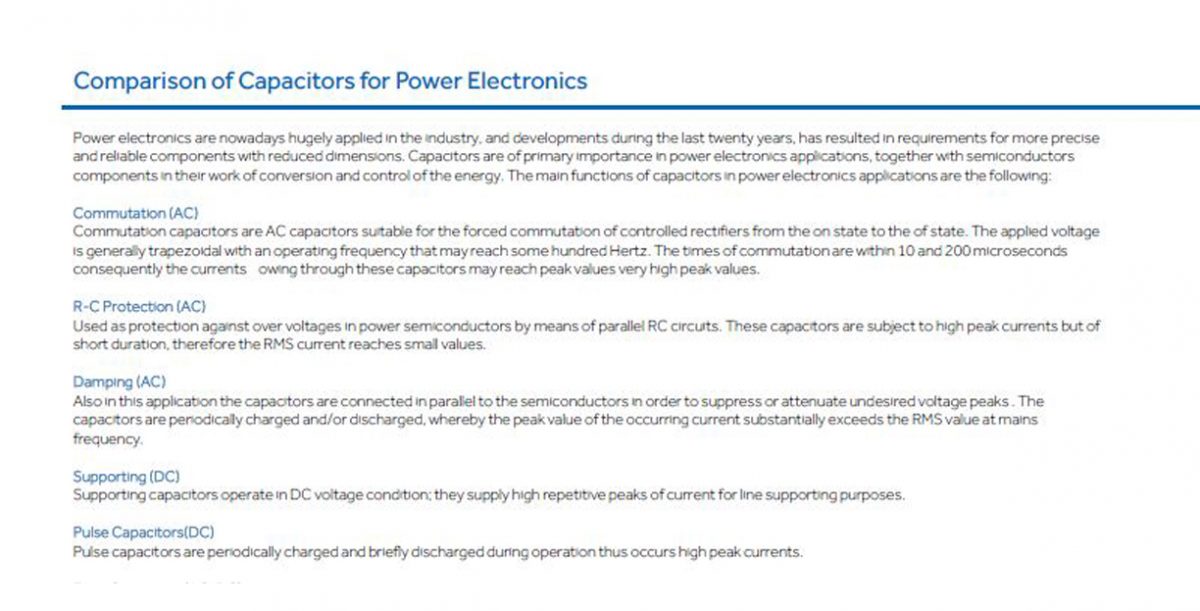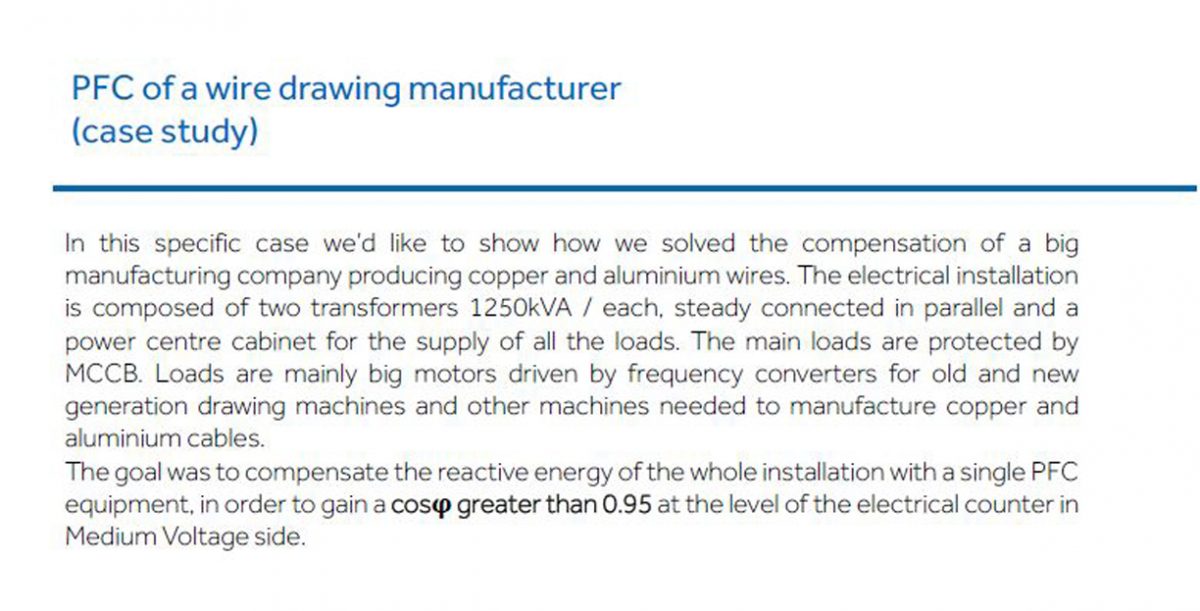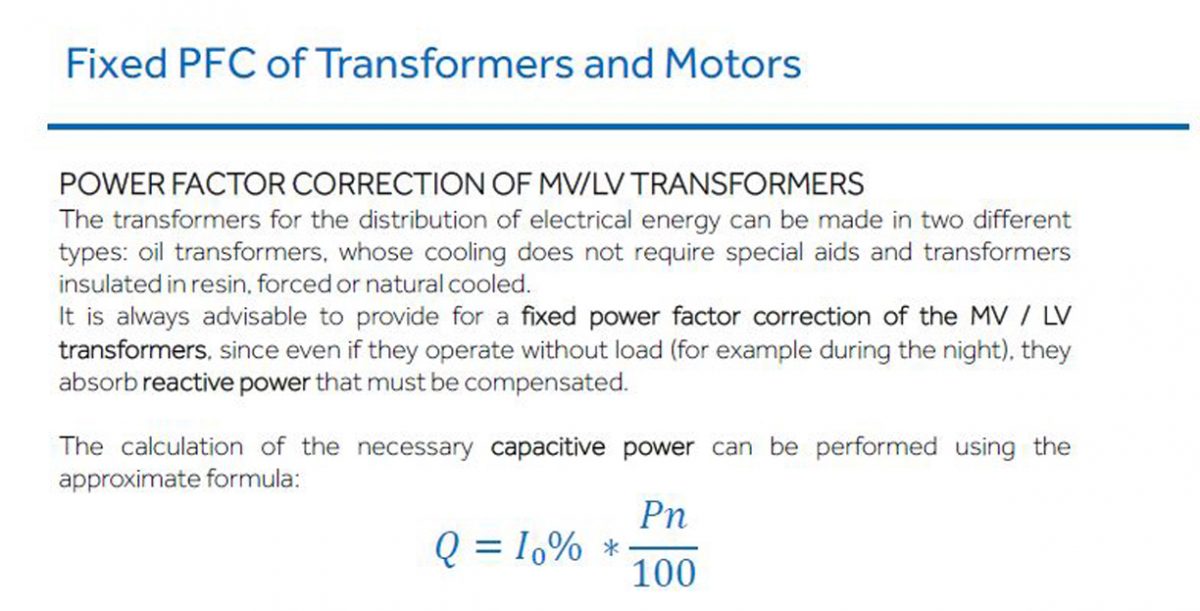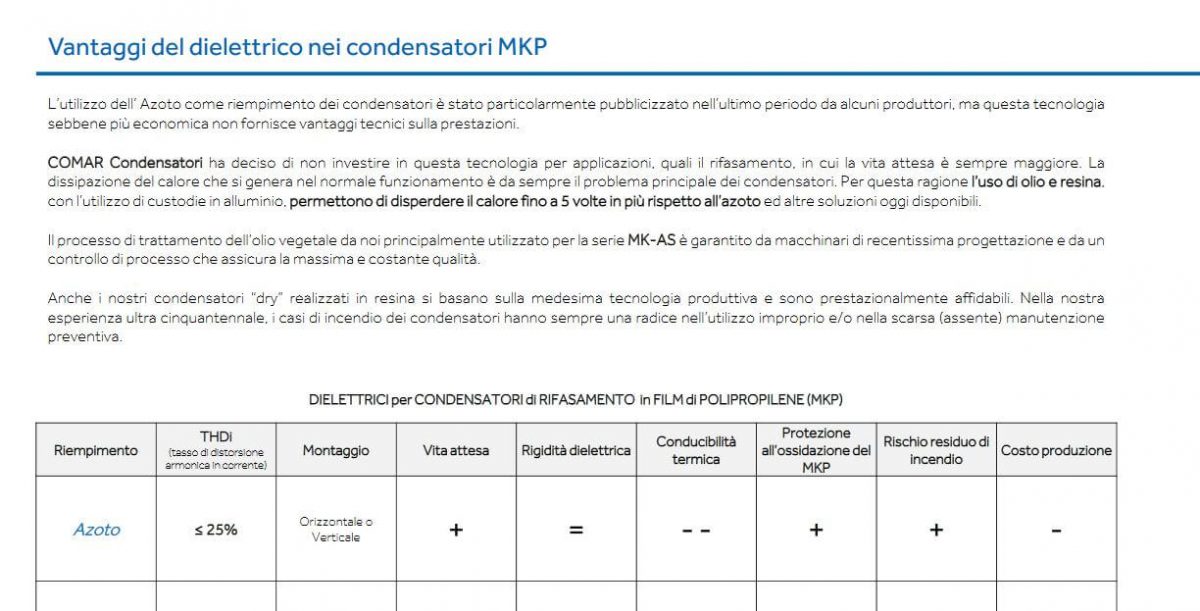COMAR manufactures both dry and oil filled capacitors.
The former are widely used and also suitable in northern Europe where temperatures are still quite low (do not exceed 25 ° C); on the other hand, the oil capacitors are recommended in countries with fairly high temperatures: in particular the Mediterranean, the Arab Gulf countries and certain countries of Latin America.
To understand all this we must return to the physical phenomena that regulates the degradation of a plastic insulating material depending on the temperature.
In this business, Italy has been the leader in the world and it was focused, already in the 1960s, on understanding this problem. The explanation derives from the fact that polymeric plastic poles (specifically polypropylene) were invented in 1956 in Italy.
The basic structure of the capacitors are formed by metallized polypropylene coils and the degradation in terms of dielectric strength as a function of the temperature follows an exponential law (Arrhenius law):

For the type of capacitors MK-AS filled with ecological vegetable castor oils k is between 7 and 10 years.
Approximately it is possible to say that each 7 degree of increase in temperature means half ofthe service life.
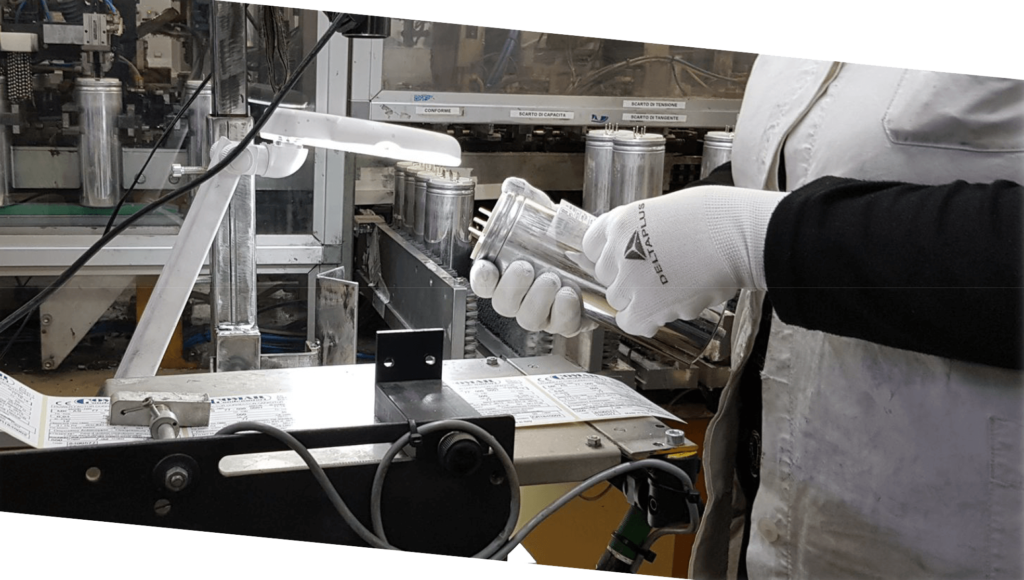
At practical level this temperature refers to the maximum temperature generated by the losses in the hottest point ofthe capacitor’s internal coil.
To make the life of the capacitors higher is important to dissipate the internal losses so thatthe power dissipated in the coil can come outin the external environment.
At this stage, it becomes essential to find a filling material that plunges the polypropylene coil, capable of conducting the internal heat out as much as possible, that is to say towards the capacitor casing.
The thermal conductivity of castor oil is about 80% higher than that of nitrogen and about 50% higherthan that ofthe polymerresin.
For the same identical problem illustrated above, the choice of the type of housing becomes important, the best being undoubtedly metal and possibly aluminum (the thermal conductivity of aluminum is more than 100 times greater than that of any type of plastic material).
Concerning the three-phase capacitors, in this case the problem is always of thermal type: in this case it is not only a question of the good dissipation but also of the dissipated power concentration per square centimeter (about 1.5 W / KVAr) and outer dissipation surface ofthe housing.
For example, for a three-phase power of 12.5 kVAr with single-phase capacitors, it takes three cases of diameter 60 and height 131 mm (total dissipation area: 3 * (60 * π * 131) = 740 cm2
By cons with a single capacitor three-phase diameter 85 and 200 mm in height you find a dissipation surface of 85 * π * 200 = 534 mm2
It is clear that it is enormously better to dissipate the same power on three casings of small diameter and great heightratherthan in only one box.
Therefore it is for these technical explanations that all COMAR capacitor banks dedicated to “hot countries” are manufactured with capacitors in aluminum case and filled with ecofriendly castor oil and certified forthe respect of the environment.
